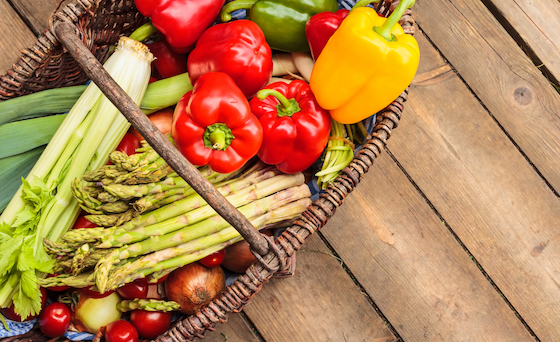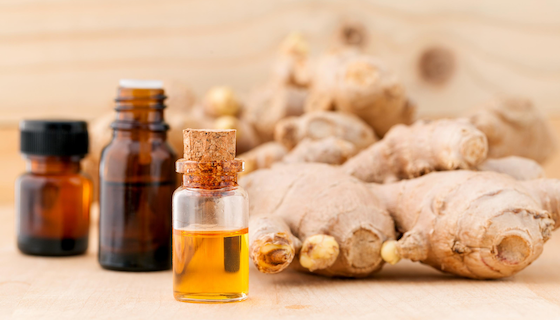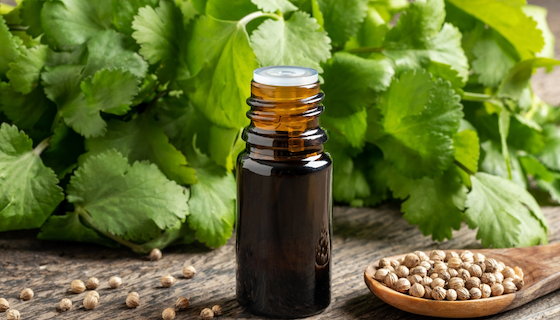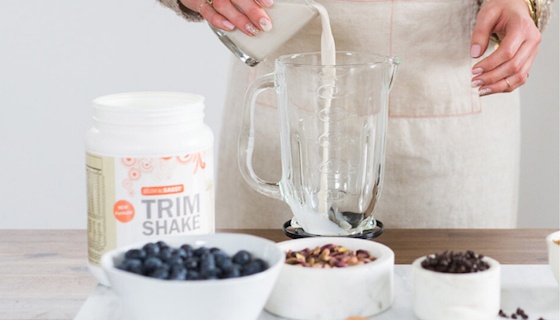No More Boring Side Dishes; Cook Vegetables Your Family Will Love
Does your family moan when they see anything green and leafy on their plate? Mine too. Here are some ways to spice up your side dishes and cook vegetables your kids will actually eat.
Steaming
Steaming is one way to prepare simple, clean-tasting vegetables. Steaming takes 5-10 minutes for green leafy vegetables, and 10-25 minutes for roots. All you need is a steaming basket and a pot with a lid, filled with about 2 inches of water.
Steamers come in a variety of forms. The stainless steel fold-up variety fits inside a pot to keep the vegetables above water. Some pots are specifically made with holes in the bottom for steaming over another pot of water. To steam vegetables, simply follow these steps:
- Wash vegetables
- Chop vegetables (the smaller the size, the faster they will cook)
- Bring water to a boil
- Place vegetables in a steaming basket over water and cover
- Steam until they become bright in color or have reached desired texture
- Remove vegetables from pot and run under cool water
Some ways to add variety to steamed vegetables:
- Add 1 tablespoon olive oil or toasted sesame oil to every 2 cups of greens
- Add 2 bay leaves or 1 teaspoon cumin seeds to the water
- Sprinkle greens with toasted pumpkin, sesame, flax seeds, sunflower seeds, almonds, or walnuts
- Sprinkle greens with fresh herbs: mint, dill, basil, parsley, cilantro, scallions
- Use umeboshi vinegar to add extra flavor
- Squeeze fresh lemon juice over them to add some zing
Blanching
Blanching, or quick boiling, is another way to prepare vegetables quickly and “cleanly.” Blanching helps to break down the fiber of raw vegetables more so than steaming, which may aid digestion. Blanching vegetables also removes the raw flavor and brightens up their color. To blanch vegetables, simply follow these steps:
- Bring water to a boil
- Add a pinch of salt
- Wash and chop the vegetables
- Drop the vegetables into the water and lower the heat
- Cook until they become bright
- Rinse with cool water to prevent further cooking
For softer vegetables, let them cook longer.
Remember, for steaming and blanching, the size and density of the vegetable will determine the cooking time. Harder vegetables like roots take the longest. Green leafy vegetables, such as collards and bok choy, take less time.
Any vegetables may be steamed or blanched. These two cooking methods are especially good when you want to “get to know” a new vegetable. Experiment with different combinations of vegetables. Pay attention to colors, textures, and flavors!
Stir-Frying
Stir-frying is another quick and nutritious way to prepare vegetables. You can stir-fry any kind of vegetable in oil or in water. Softer vegetables such as Chinese cabbage, bok choy, thinly sliced carrots, mushrooms, and onions will only take a few minutes to cook.
Before you start, have all of the vegetables rinsed and cut into pieces—thinner slices and smaller pieces will cook faster and more evenly.
If you choose to use oil, heat a wok or a frying pan and add a small amount of oil (like peanut, sesame, or coconut oil). If you are making a small amount of vegetables, brushing the wok or pan with oil is usually enough. Start with the harder vegetables like roots. Add one variety at a time and cook them until they become shiny before adding the next ones. Sprinkling a pinch of sea salt over the vegetables draws just enough moisture to prevent sticking and will bring out the flavor. You may also sprinkle water over your vegetables to gain extra steam and heat.
If you choose to sauté with water, add one inch of water to your wok or pan, and bring to boil. Add thinly sliced vegetables, cover, and simmer for 5-10 minutes.
At the end of cooking you can make a nice sauce, thickened with arrowroot or kuzu, and seasoned with ginger, or garlic.
Here are some great colorful and tasty combinations for stir- frying:
- Onions, carrots, and snow peas
- Chinese cabbage, mung bean sprouts, and scallions
- Leeks, carrots, and red peppers
- Onions, mushrooms, and zucchini with dried basil
- Yellow patty pan squash and mizuna greens with garlic
Variations:
- Add tofu, tempeh, or meat for added protein
- Add cooked grains to the vegetables toward the end for impromptu “fried rice”
Baking
Many vegetables taste delicious when baked. Baking brings out the very essence of the vegetables, especially squashes and roots. Place vegetables in a baking pan, roast for 45-60 minutes at about 400 degrees.
Try baking any variety of the vegetables below.
Green leafy vegetables:
- Collard greens
- Kale: dinosaur kale, purple kale, and Lacinato kale
- Dandelion greens
- Mustard greens
- Chards: Swiss chard, red chard, and rainbow chard
- Beet greens
- Watercress
- Parsley
- Dark lettuce
Roots and squashes:
- Carrot
- Parsnip
- Turnip
- Rutabaga
- Burdock
- Celery root
- Burdock root
- Acorn squash
- Kabocha squash
- Butternut squash
Fat burners:
- Daikon radish
- Leek
- Scallion
- Turnip
- Onion
- Celery
Other vegetables:
- Broccoli
- Cauliflower
- Cabbage
- Brussels sprouts
 |
This article is used with permission from The Institute for Intergrative Nutrition
 Login
Login








